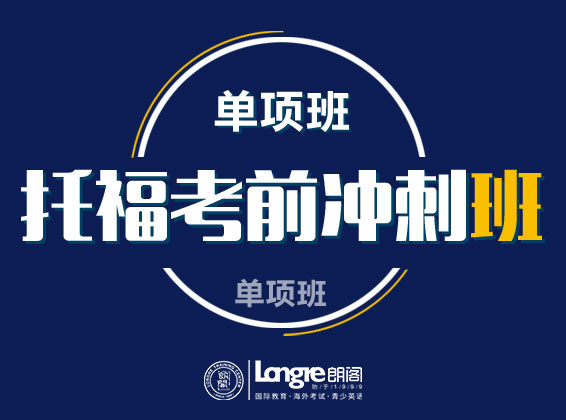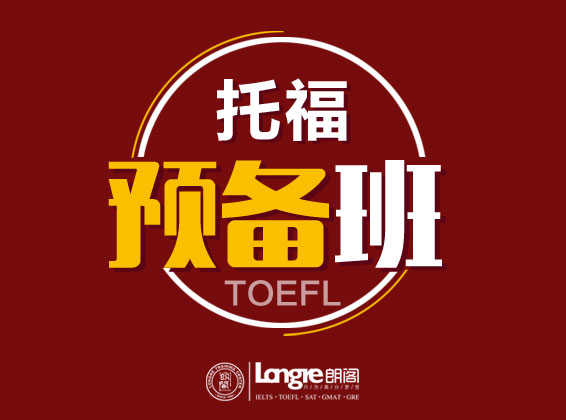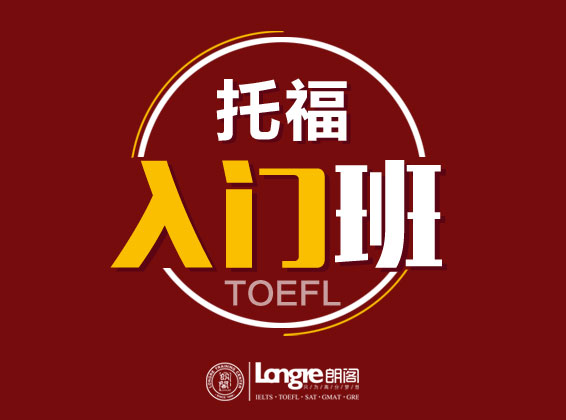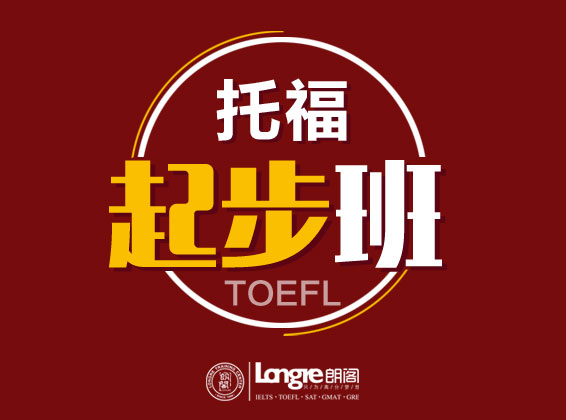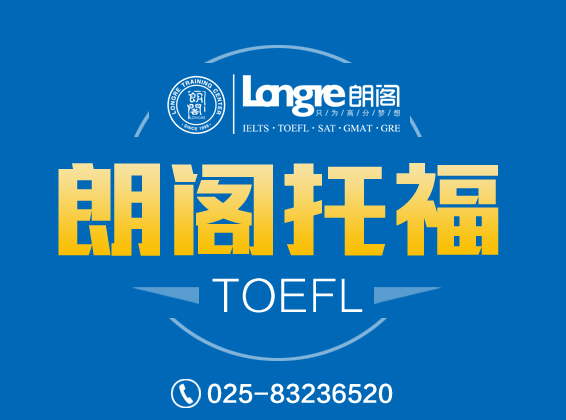|
列举题属于老题型,在之前的老托福考试中就存在,而且数量比较多。它主要考察考生能否抓住文章主要信息,排除一些与文章内容无关信息的能力。所以,ETS也这类题型称之为“否定事实信息题”(negative factual information question)。其常用的出题形式为: Which of the following is NOT mentioned in the passages? The author mentions all of the followings xxx, except xx? 一、列举题两大分类:集中列举和分散列举 1. 集中列举 集中列举的形式有:三个名词或词汇连续出现,各个名词或词汇之间以逗号隔开;三个短语连续出现;三个句子连续出现。对于集中列举题,只需根据题干或选项定位原文,排除在原文的集中列举之处出现的三个选项,剩下的一个选项为正确答案。例如, They used the pots they made for cooking, storing food, and carrying things from place to place. Which of the following is NOT mentioned in the passage as a way that ancient people used pottery? (A) To hold food. (B) To wash clothes. (C) To cook. (D) To transport objects. 这里,我们先看题干,问的是古代人是怎么使用罐子的。看完这个题目之后我们回到原文:They used the pots they made for cooking, storing food, and carrying things from place to place. 答案B自然就出来了。A,C答案可以直接在原文中找到,D答案是对原文内容的改写。 2. 分散列举 分散列举,顾名思义,就是说各项出现的位置比较的分散,可能出现于同一段落之中,或分布于全文各段。对于分散列举,我们同样需要根据题干或选项定位原文,将各个选项与所对应的原文逐个进行比较,采用排除法,在原文未提到或与原文相矛盾的选项为正确答案。解答这类题目需要注意文章每个段落的首尾句。 (责任编辑:admin) |


